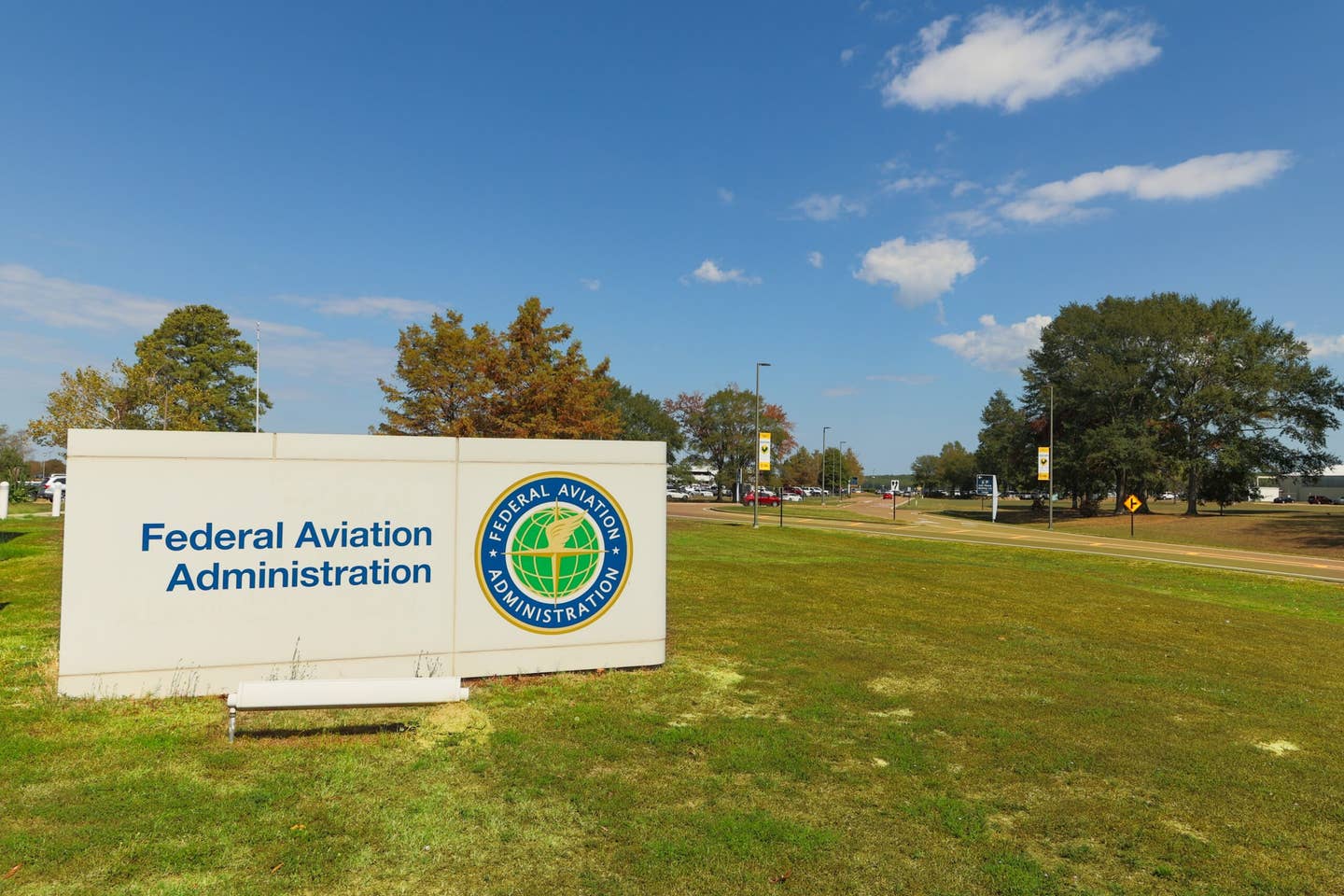FAA Adopts New Rules for Air Traffic Controller Rest
In the past year, at least 500 near collisions involving major airlines were reported.

Under the new rules, controllers will be required to rest for 10 hours between shifts and 12 hours off before a midnight shift. [Credit: Shutterstock]
The FAA is taking action to reduce air traffic controller fatigue by mandating longer rest periods between shifts, agency administrator Michael Whitaker said Friday.
Whitaker noted that in his first few months at the helm of the FAA he toured ATC facilities around the country and heard "concerns about schedules that do not always allow controllers to get enough rest."
New Rules for Rest
According to Whitaker, the initial step to mitigate controller fatigue includes 10 hours between shifts and 12 hours off before a midnight shift. This rule will go into effect in 90 days.
"I am also directing the Air Traffic Safety Oversight Service to ensure the agency has a robust methodology to ensure compliance with this direction," Whitaker said, adding that he understands the lengthened rest period "will be an adjustment for thousands of our air traffic controllers."
The agency is also attempting to get ahead of the shortage of controllers, Whitaker said.
"Last year we reached our hiring goal of 1,500 controllers, with an even bigger goal of 1,800 this year, which we’re on track to meet," he said. "We’ve also expanded the training pipeline to maximize recruitment. Getting more qualified individuals into our air traffic facilities will help alleviate the demands on the current workforce."
Fatigue Study
In December, the agency commissioned an independent panel of scientific fatigue experts to assess the risks introduced by controller fatigue in the system.
In the past year, at least 500 near collisions involving major airlines were reported. The latest close call occurred Thursday at Ronald Reagan Washington National Airport (KDCA) in Arlington, Virginia. During the incident, a JetBlue flight heading to Boston was forced to abort takeoff to avoid colliding with a Southwest Airlines flight that had been cleared to cross the runway.
Audio of the incident reveals the tower controller frantically telling the aircraft to stop. The jets came within 1,000 feet of each other, but there were no injuries. The FAA and both airlines are investigating the event.

Sign-up for newsletters & special offers!
Get the latest FLYING stories & special offers delivered directly to your inbox






